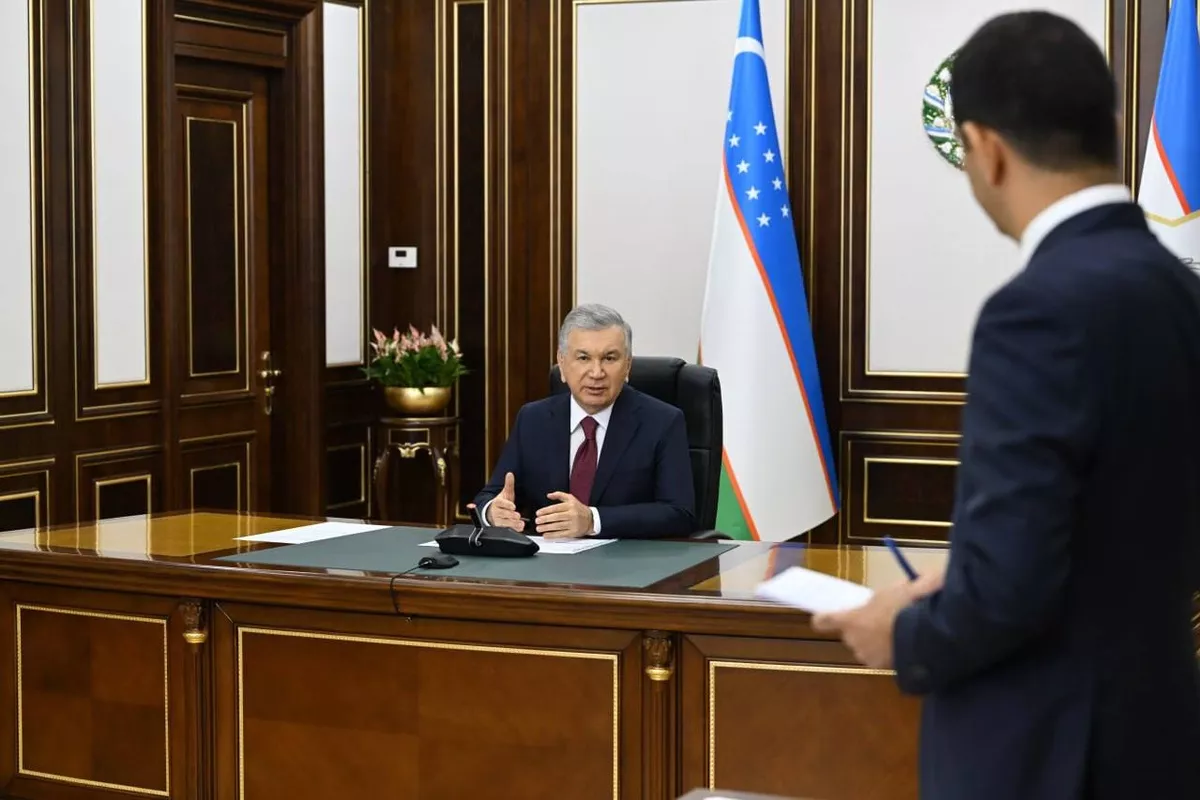
photo: Spot.uz
Uzbek President Shavkat Mirziyoyev has reviewed a comprehensive set of new proposals aimed at improving employment rates and modernizing vocational education across Uzbekistan.
These initiatives are designed to enhance workforce readiness, strengthen job placement services, and align skills development with evolving labor market demands, The Caspian Post reports per Uzbek media.
Since early 2025, Uzbekistan has begun implementing employment models inspired by international best practices. A standout innovation involves enhanced collaboration between the banking sector and local neighborhood councils, which has increased targeted support for job seekers. Thanks to these efforts, over 3 million citizens engaged in income-generating employment during the first half of the year.
The country’s poverty reduction program is yielding tangible results, with the poverty rate declining to 6.8 per cent as of July 1-a significant milestone credited to strategic government policies and efficient use of resources.
President Mirziyoyev stressed that improving the quality of vocational education remains essential for sustainable employment growth. Nonetheless, challenges persist, particularly the mismatch between vocational training curricula and the needs of the labor market. To overcome these gaps, officials underscored the importance of deeper partnerships with employers, curriculum updates, and expanded private sector involvement in workforce training.
The president also pointed out that certain labor regulations create obstacles for entrepreneurs, especially small businesses. Additionally, the limited adoption of digital hiring tools and the lack of incentives for transparent vacancy posting hinder accurate labor market analysis and effective workforce planning.
To address these challenges, the government proposes transforming employment agencies from regulatory overseers into active partners of employers. This will include eliminating penalties for non-submission of vacancy data or refusal to hire referred candidates, fostering more accurate labor market data and better alignment of job seekers with employers’ needs-while maintaining employers’ full discretion in hiring decisions.
A centerpiece of the reform is the launch of a digital employment platform, initially piloted in Tashkent and later expanded nationwide. The platform will facilitate seamless interaction among job seekers, employers, and employment services, promoting transparency and efficiency in recruitment.
To better meet market demand, occupations facing shortages will be prioritized in vocational education programs. Moreover, the private sector will be invited to co-manage vocational training centers, some with specialized industry focus, to provide more practical and targeted skills development.
The reforms also envision a three-tier vocational education system incorporating free online video courses and professional vouchers to enable working adults to reskill or upskill flexibly in response to labor market changes.
Concluding the review, President Mirziyoyev reaffirmed that developing a skilled and adaptable workforce is vital to reducing unemployment and poverty and is a cornerstone of Uzbekistan’s sustainable social and economic growth.
Share on social media